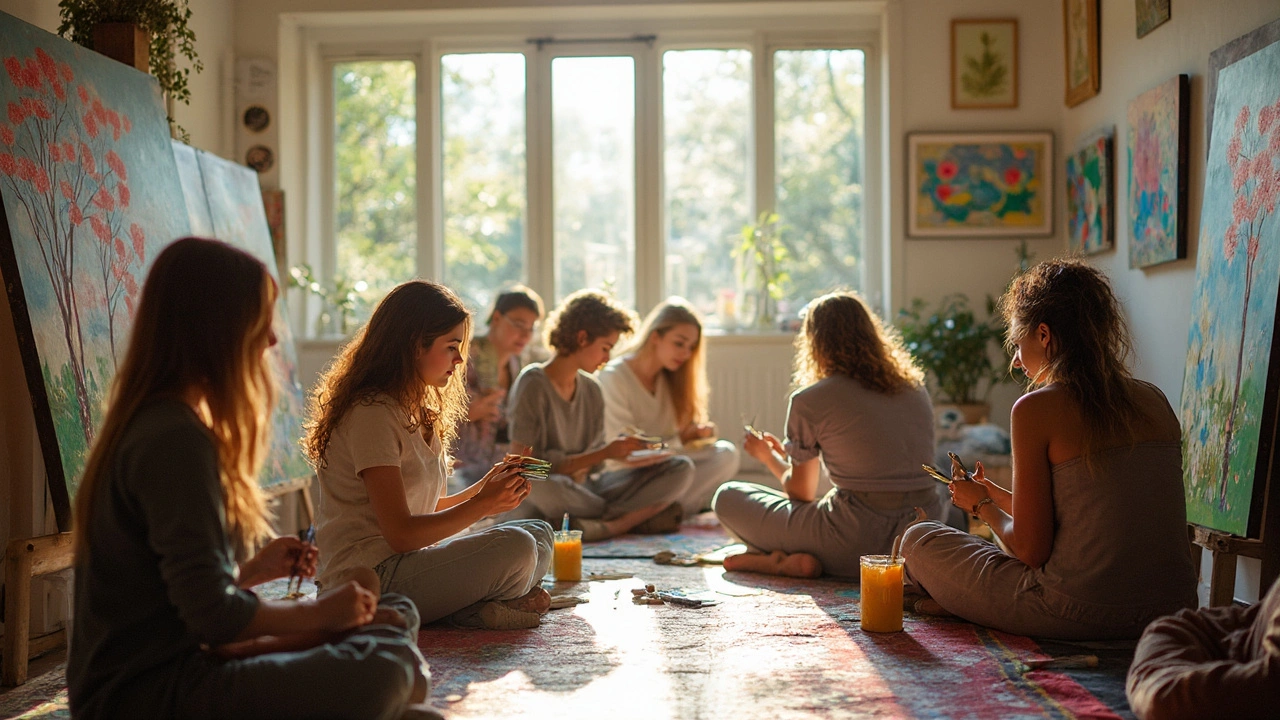Therapy benefits: how different therapies help you feel better fast
Therapy isn't just for crisis moments. Small, regular sessions—whether it's talk therapy, biofeedback, aromatherapy, or sports massage—can change how you sleep, think, move, and deal with stress. Here I list clear benefits you can expect and simple steps to try them without guesswork.
Quick benefits you’ll notice
Mood and stress: Talk therapy and mindfulness help you spot patterns that cause anxiety or low mood. After a few sessions you’ll often feel less reactive and more able to choose your response.
Better sleep and focus: Techniques like guided relaxation, aromatherapy (lavender for sleep), and biofeedback can shorten the time it takes to fall asleep and improve concentration during the day.
Pain relief and recovery: Sports massage and some manual therapies reduce muscle tension, improve circulation, and speed recovery after workouts. People often report less soreness and faster returns to activity.
Self-regulation: Biofeedback teaches you to read body signals—heart rate, breathing—and control them. That lowers stress, helps with headaches, and improves performance under pressure.
Creative healing: Art and music therapies let you process emotions without words. They help when talking feels hard and can boost mood and motivation in small, practical steps.
How to pick and use therapy wisely
Match the therapy to your problem. If stress or insomnia is the main issue, try biofeedback or aromatherapy plus short mindfulness exercises. For chronic pain, add sports massage and movement-focused therapy. If emotions feel stuck, a few sessions with a counselor or creative arts therapist can give quick, useful tools.
Start with clear goals. Tell the therapist what you want to change in one sentence: "I want to fall asleep in under 30 minutes" or "I want less jaw tension after work." Clear goals make sessions focused and fast-moving.
Try one thing at a time for 4–6 weeks. That gives you enough time to see if it works. Track one simple metric—hours of sleep, pain level, or calm moments per day—to measure progress.
Combine smartly. Therapies often work better together: talk therapy for mindset, biofeedback for body control, and aromatherapy for immediate calming effects. Use the fastest wins first so you stay motivated.
Cost and access: Look for sliding-scale clinics, group sessions, or short courses if private sessions are expensive. Many community centers offer affordable options for mindfulness and creative therapies.
Small changes add up. Even short weekly sessions and five minutes of practice at home can produce noticeable change in a month. Pick one clear goal, try a matching therapy, and keep track—then adjust based on what actually helps you feel better in daily life.

Creative Arts Therapies: A Lifeline in Mental Health Care
Creative arts therapies offer a unique lifeline for those struggling with mental health challenges. By tapping into the therapeutic powers of art, music, dance, and drama, individuals can find new ways to express and process their emotions. These therapies provide an alternative to more traditional methods, making mental health care accessible and engaging. With the rise of anxiety and depression, creative arts therapies offer fresh hope and innovative avenues for healing.
Read More